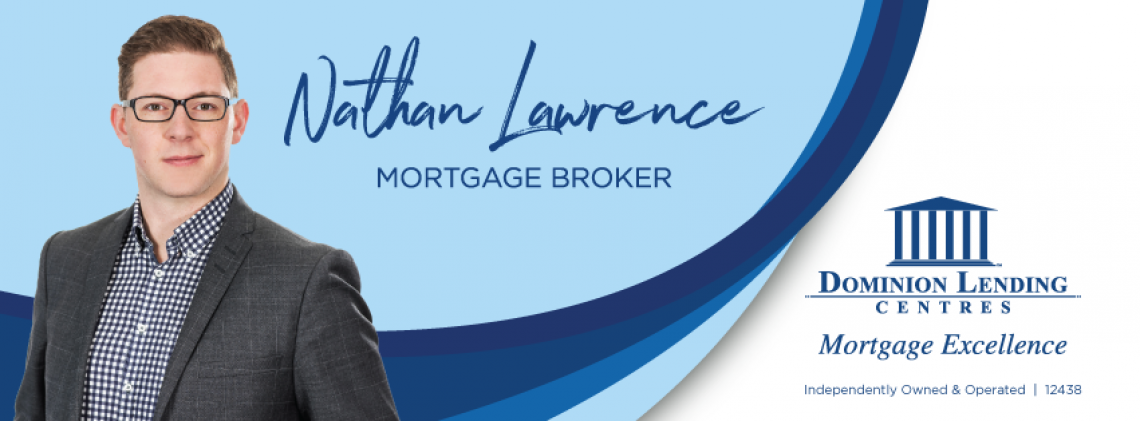By: Nathan Lawrence & Brianna Shortreed
Just because you have declared bankruptcy does not mean you have to dismiss your dream of becoming a homeowner. There are two options when it comes to applying for a mortgage after declaring bankruptcy. The first is to apply to a prime lender, this will take time, you will have to be discharged, and you will have to have a re-established credit history. The benefit is that you will receive a good rate and you can apply with a minimum 5% down payment. The other option is to seek an approval with an alternative lender, this will allow you to purchase a home quicker (sometimes even the day after being discharged from bankruptcy); however, you are going to have a higher rate and will need to have a sizable down payment.
Prime Lender
Step 1 – Wait a minimum of Two Years after Discharge: After you have been discharged from your bankruptcy you will have to wait before you can apply with a prime lender. The minimum amount of time for most prime lenders is two years, but depending on the lender they might require more time. Some lenders are 3 years and some of the big banks can get up to even 5 or more. Each lender will have their own criteria for approval, your mortgage broker will know all of the specifics. The tricky part here is that your credit has likely suffered during your bankruptcy.
Step 2 – Re-establish Credit: While you are waiting the minimum of two years this is the perfect time to begin re-establishing your credit. You should start re-establishing your credit as soon as you can after your bankruptcy is discharged. You can re-establish your credit more quickly with two major credit cards with a limit of $2000-$3000. Other credit would be a car loan or line of credit. The important thing is to always make your payments on time and keep your balances below 60% of your limit. After bankruptcy it will be difficult to get approved for all kinds of credit, it is important not to give up and ask your mortgage broker about getting a secured credit card.
Step 3 – Save for a Down Payment: The lender will require a minimum 5% down payment from your own resources. This could be from a savings account, RRSP, or investment account. If you can save a 10% down payment you will receive more options. Set a goal and then start making monthly automatic payments into a savings account or a TFSA.
Alternative Lender
Step 1 –Understanding Alternative Lenders: Right after being discharged from your bankruptcy you can consider applying with an alternative lender. However, because you have not been discharged from your bankruptcy for a minimum of 2 years and your credit has not been re-established the lender is going to require a more sizable down payment and your mortgage will come with a higher rate.
The Down Payment: The minimum down payment will start at 20% when a lender looks at a more challenging application. A down payment of 20% does two things. First, it avoids the need of default insurance, and secondly, it provides a lender with some comfort knowing that the client has substantial “skin in the game.”
The Interest Rate: In the world of mortgage lending, a general lender guideline is that “the best predictor of future performance, is past performance.” Which is why credit history plays into a Bank’s lending decision. Alternative lenders price the interest rate based on the strength of an application, and more importantly the strength and marketability of the property.
Step 2 – The Paperwork your Broker Needs: Being prepared for your application meeting is important. Come prepared with the following paperwork
- Bankruptcy discharge papers
- Copy of your original Bankruptcy filing documents
- Photo ID
- Paystub & Letter of Employment
- Summary of assets, savings, and investments with values
Step 3 – Exit Strategy: Alternative financing is not a long term plan and you need an exit strategy. Working with your mortgage broker, you need to outline the steps you will take to put yourself in a position to move to a prime lender as soon as you can. Putting thought into improving your finances can help an alternative Lender make their lending decisions.
So even after declaring bankruptcy you do have options when it comes to home ownership. You will have to make a decision on whether it would be best to wait and apply for a mortgage with a prime lender or if you want to speed up the process and apply for a mortgage with an alternative lender. Discussing your options with a mortgage broker will probably help answer some of your questions and make the decision easier for you.

